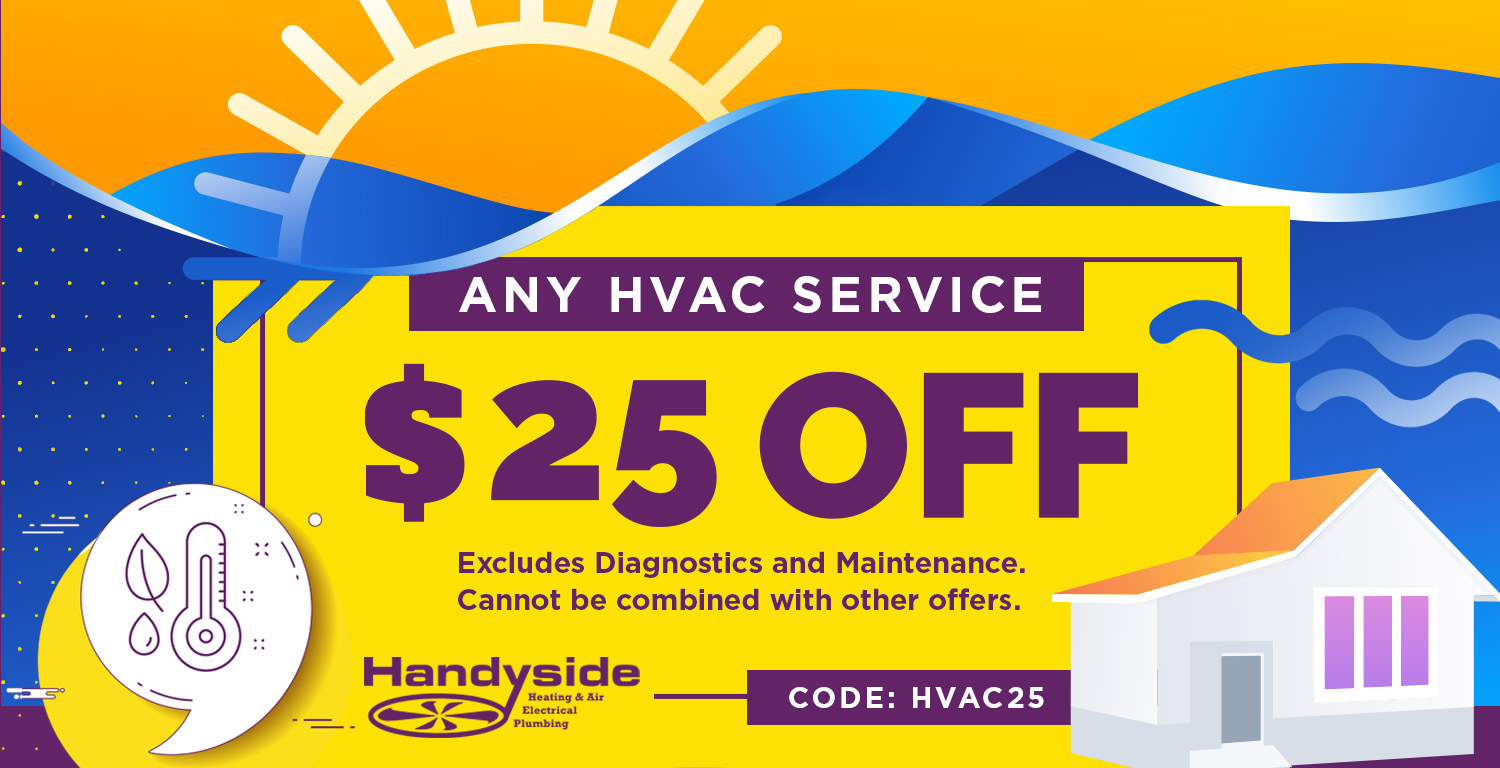Are you in the habit of closing some furnace vents to channel more heat into the rooms where it’s most needed? Are you aiming to trim your heating expenses by selectively warming only the active areas of your house?
 It’s a common practice for people to shut off vents in unused rooms and seal the doors, believing it can cut costs, enhance warmth distribution throughout the home, and reduce furnace runtime. If you find yourself leaning towards this approach, you’re not alone.
It’s a common practice for people to shut off vents in unused rooms and seal the doors, believing it can cut costs, enhance warmth distribution throughout the home, and reduce furnace runtime. If you find yourself leaning towards this approach, you’re not alone.
Why Closing Vents Seems to Make Sense
If a spare bedroom isn’t in use, why not close its vent to save money and redirect the heat to other rooms? Many furnace registers (vents) come equipped with a built-in lever, allowing you to adjust the louvers behind the grille, alter the airflow direction, or shut it off entirely.
What Happens When You Close Vents
Closing vents and doors doesn’t entirely prevent air movement; rather, it interferes with it. The closed-off room can experience pressure imbalances, especially if it has a return air duct, potentially pulling in cold air from window leaks. Furthermore, the warm air attempting to circulate through the closed vent can generate pressure as it backs up, leading to potential leaks in improperly sealed ducts or even forcing openings in the ductwork. This can result in warm air escaping into floor cavities or back down into the basement.

Meanwhile, your furnace will continue trying to push air to all the vents. Newer high-efficiency furnaces will detect the heightened air pressure and respond by increasing the fan speed, striving to push through the pressure and, in turn, compromising their efficiency. Conversely, older furnaces will continue operating as usual, but the increased pressure can strain and wear down the furnace motor over time. This pressure can potentially damage the ductwork, or in more severe cases, it may harm the furnace itself.
Your furnace relies on adequate airflow to operate properly. Without sufficient air being returned to it to dissipate heat, there’s a risk of the heat exchanger cracking, potentially leading to carbon monoxide leakage into your home through the vents. Besides the significant health hazard posed by carbon monoxide exposure, such an incident would necessitate the replacement of your furnace.
Conclusion
Closing vents isn’t recommended, but if you’re determined to block heat in a room, reach out to our Handyside HVAC experts. We’ll assess what can be done safely and advise on adjustments to your furnace operation. DIY alterations won’t be covered under your HVAC system warranty and could lead to significant damage. Our Handyside HVAC experts will ensure your furnace operates smoothly. Oftentimes, our highly trained technicians can enhance furnace efficiency (saving you money) without resorting to vent closures.
![Rethink Closing Furnace Vents Are you in the habit of closing some furnace vents to channel more heat into the rooms where it’s most needed? Are you aiming to trim your heating expenses by selectively warming only the active areas of your house? It’s a common practice for people to shut off vents in unused rooms and seal the […]](https://handysideinc.com/wp-content/uploads/2024/03/Rethink-Closing-Furnace-Vents-750x420.jpg)




